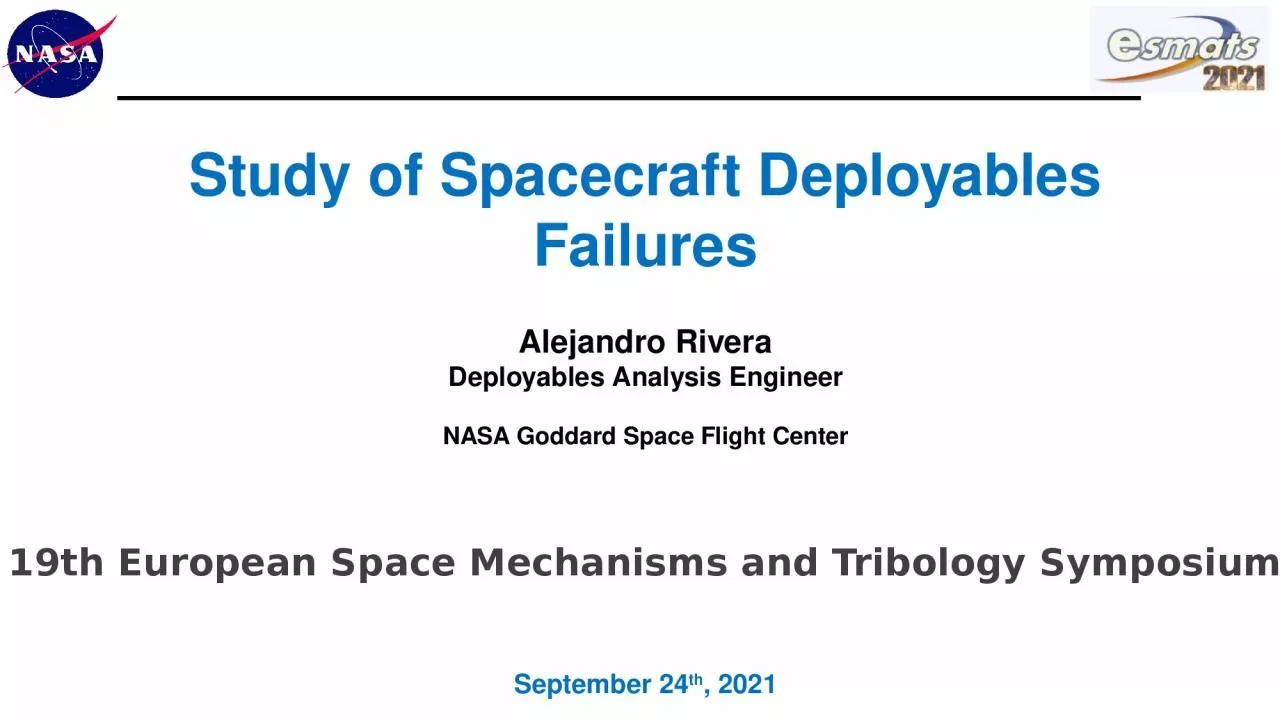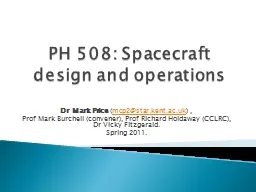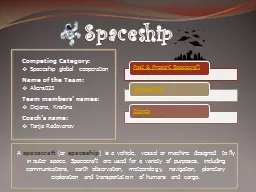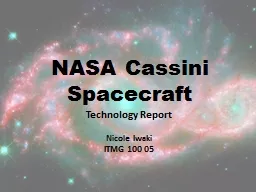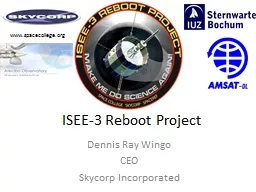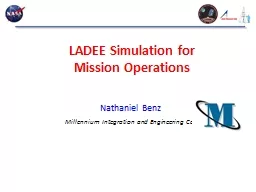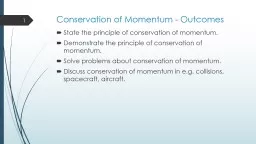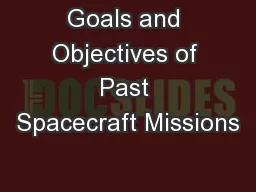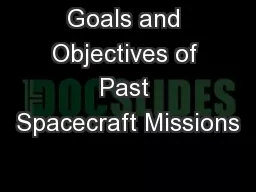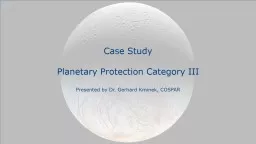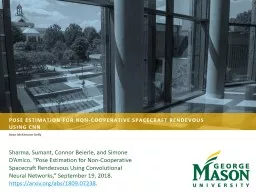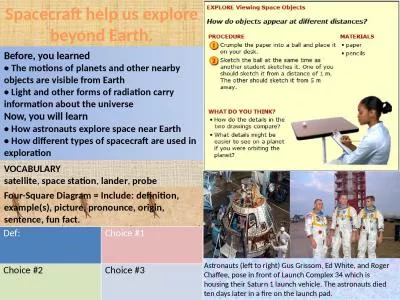PPT-Study of Spacecraft Deployables
Author : HappyHippie | Published Date : 2022-08-03
Failures Alejandro Rivera Deployables Analysis Engineer NASA Goddard Space Flight Center 19th European Space Mechanisms and Tribology Symposium September 24 th
Presentation Embed Code
Download Presentation
Download Presentation The PPT/PDF document "Study of Spacecraft Deployables" is the property of its rightful owner. Permission is granted to download and print the materials on this website for personal, non-commercial use only, and to display it on your personal computer provided you do not modify the materials and that you retain all copyright notices contained in the materials. By downloading content from our website, you accept the terms of this agreement.
Study of Spacecraft Deployables: Transcript
Download Rules Of Document
"Study of Spacecraft Deployables"The content belongs to its owner. You may download and print it for personal use, without modification, and keep all copyright notices. By downloading, you agree to these terms.
Related Documents

